Weijie Xia
An Efficient and Explainable Transformer-Based Few-Shot Learning for Modeling Electricity Consumption Profiles Across Thousands of Domains
Aug 15, 2024
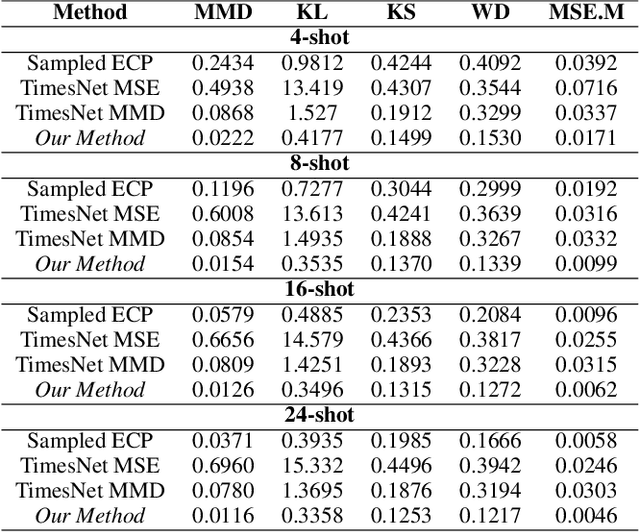
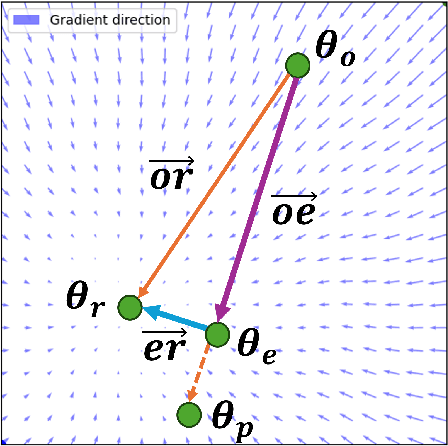
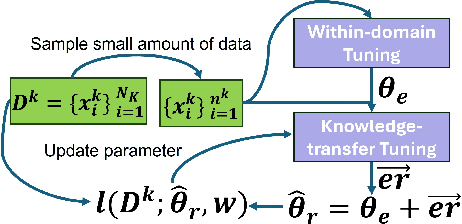
Abstract:Electricity Consumption Profiles (ECPs) are crucial for operating and planning power distribution systems, especially with the increasing numbers of various low-carbon technologies such as solar panels and electric vehicles. Traditional ECP modeling methods typically assume the availability of sufficient ECP data. However, in practice, the accessibility of ECP data is limited due to privacy issues or the absence of metering devices. Few-shot learning (FSL) has emerged as a promising solution for ECP modeling in data-scarce scenarios. Nevertheless, standard FSL methods, such as those used for images, are unsuitable for ECP modeling because (1) these methods usually assume several source domains with sufficient data and several target domains. However, in the context of ECP modeling, there may be thousands of source domains with a moderate amount of data and thousands of target domains. (2) Standard FSL methods usually involve cumbersome knowledge transfer mechanisms, such as pre-training and fine-tuning, whereas ECP modeling requires more lightweight methods. (3) Deep learning models often lack explainability, hindering their application in industry. This paper proposes a novel FSL method that exploits Transformers and Gaussian Mixture Models (GMMs) for ECP modeling to address the above-described issues. Results show that our method can accurately restore the complex ECP distribution with a minimal amount of ECP data (e.g., only 1.6\% of the complete domain dataset) while it outperforms state-of-the-art time series modeling methods, maintaining the advantages of being both lightweight and interpretable. The project is open-sourced at https://github.com/xiaweijie1996/TransformerEM-GMM.git.
RL-ADN: A High-Performance Deep Reinforcement Learning Environment for Optimal Energy Storage Systems Dispatch in Active Distribution Networks
Aug 07, 2024Abstract:Deep Reinforcement Learning (DRL) presents a promising avenue for optimizing Energy Storage Systems (ESSs) dispatch in distribution networks. This paper introduces RL-ADN, an innovative open-source library specifically designed for solving the optimal ESSs dispatch in active distribution networks. RL-ADN offers unparalleled flexibility in modeling distribution networks, and ESSs, accommodating a wide range of research goals. A standout feature of RL-ADN is its data augmentation module, based on Gaussian Mixture Model and Copula (GMC) functions, which elevates the performance ceiling of DRL agents. Additionally, RL-ADN incorporates the Laurent power flow solver, significantly reducing the computational burden of power flow calculations during training without sacrificing accuracy. The effectiveness of RL-ADN is demonstrated using in different sizes of distribution networks, showing marked performance improvements in the adaptability of DRL algorithms for ESS dispatch tasks. This enhancement is particularly beneficial from the increased diversity of training scenarios. Furthermore, RL-ADN achieves a tenfold increase in computational efficiency during training, making it highly suitable for large-scale network applications. The library sets a new benchmark in DRL-based ESSs dispatch in distribution networks and it is poised to advance DRL applications in distribution network operations significantly. RL-ADN is available at: https://github.com/ShengrenHou/RL-ADN.
A Flow-Based Model for Conditional and Probabilistic Electricity Consumption Profile Generation and Prediction
May 06, 2024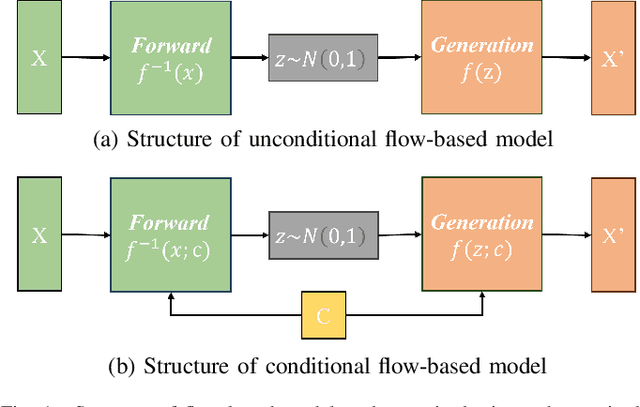
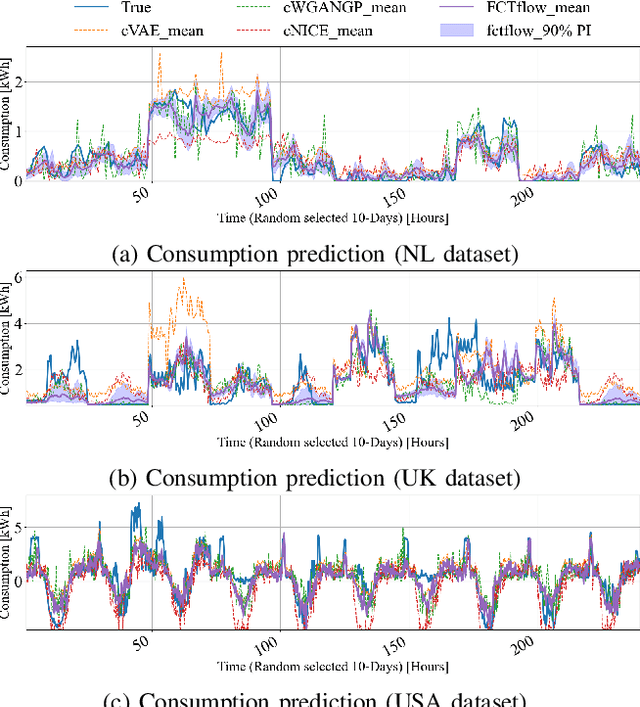


Abstract:Residential Load Profile (RLP) generation and prediction are critical for the operation and planning of distribution networks, particularly as diverse low-carbon technologies are increasingly integrated. This paper introduces a novel flow-based generative model, termed Full Convolutional Profile Flow (FCPFlow), which is uniquely designed for both conditional and unconditional RLP generation, and for probabilistic load forecasting. By introducing two new layers--the invertible linear layer and the invertible normalization layer--the proposed FCPFlow architecture shows three main advantages compared to traditional statistical and contemporary deep generative models: 1) it is well-suited for RLP generation under continuous conditions, such as varying weather and annual electricity consumption, 2) it shows superior scalability in different datasets compared to traditional statistical models, and 3) it also demonstrates better modeling capabilities in capturing the complex correlation of RLPs compared with deep generative models.
 Add to Chrome
Add to Chrome Add to Firefox
Add to Firefox Add to Edge
Add to Edge